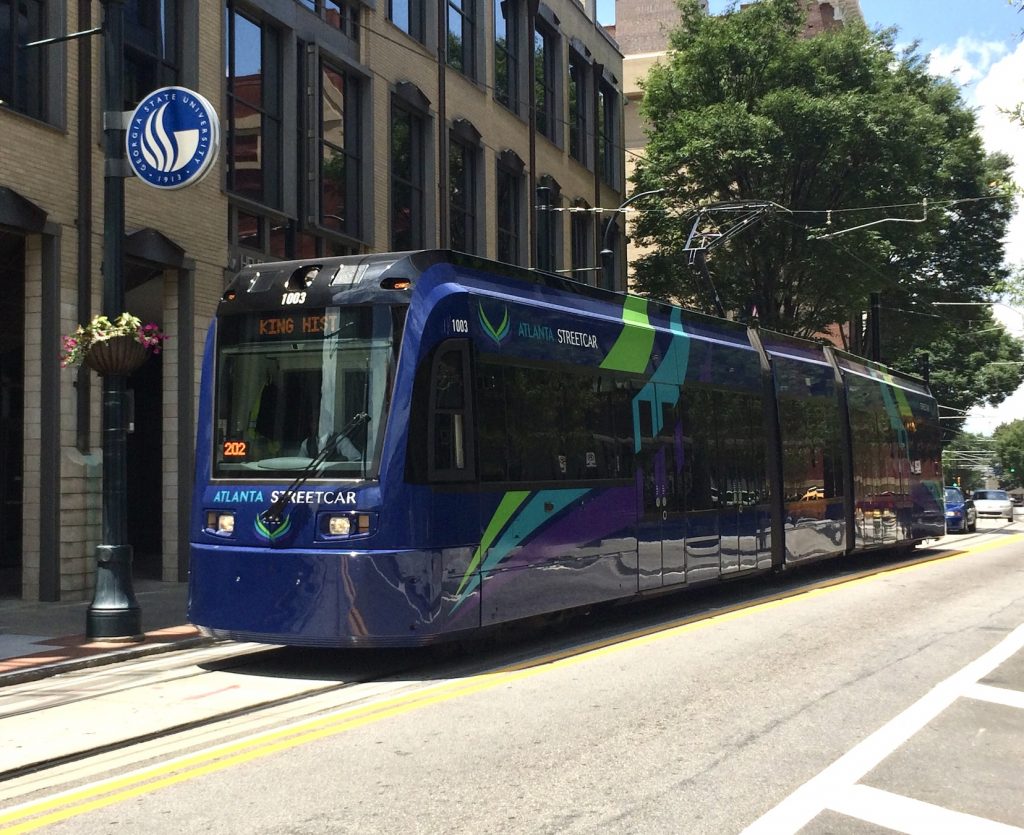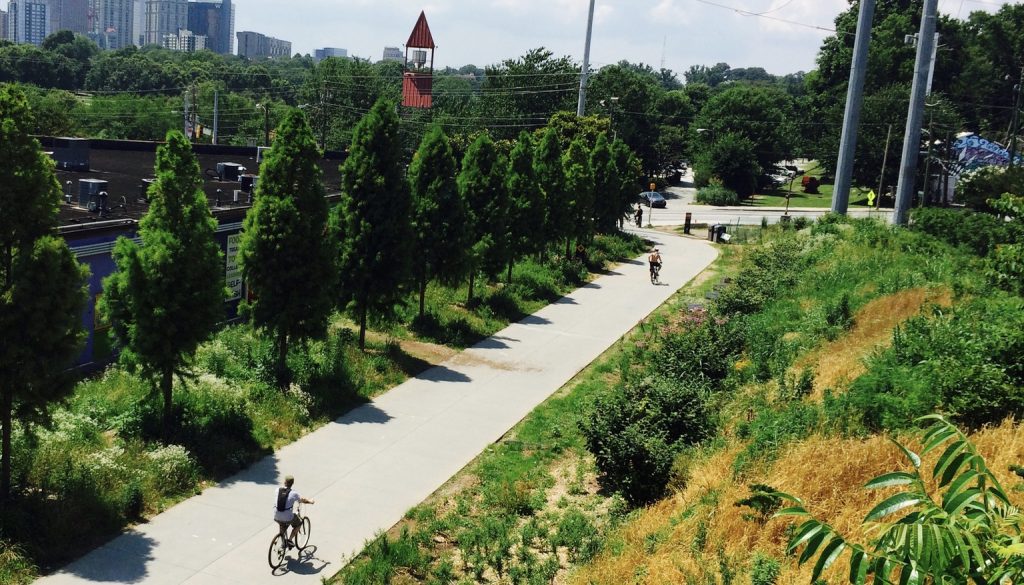Environment
Short Takes
Georgia’s new data center rule increases local controlDecember 1, 2025

By Howard S. Wertheimer
Note to readers: Howard S. Wertheimer, FAIA Emeritus, LEED AP, is a lecturer at Georgia Tech’s School of Architecture; former AVP for Capital Planning & Space Management and Institute Architect at Georgia Tech, and former COO at Piedmont Park Conservancy
Oct. 6 – There is a fast-growing community of citizens who do not believe fixed rail and streetcar extension on the eastside trail of the Atlanta BeltLine is a wise or smart investment of public, private, or federal dollars.
Economic development, job creation, new construction, and connectivity have thrived without fixed rail. Construction permits for new construction and adaptive reuse has grown exponentially over the past decade, creating new housing (albeit not nearly enough affordable housing), retail, restaurants, commercial properties, hotels, parks, green infrastructure, and so much more.
Although the original vision for the BeltLine was based on a model of having fixed rail to stimulate economic development and neighborhood connectivity along its 22-miles, we now know that it is no longer necessary.
Connectivity is happening with a growing influx of micro-mobility solutions and technologies that did not exist 20 years ago when the BeltLine was originally conceived. Electric scooters, e-bikes, bike/e-bike share companies, and even Uber have made the need for fixed rail on the BeltLine no longer a requirement for success. Let us not build obsolescence, and let’s certainly not use 19th century technologies. Atlanta should be leaders in leveraging our geographic brain trust and technological innovations to develop and pilot new and emerging technologies for transit, especially on the BeltLine!

Post-pandemic, being outside, walking, and healthy living have become an important and growing part of our lives. People are enjoying the BeltLine as one of the country’s best linear parks where walkability and being outdoors have become increasingly important community assets. A new paradigm for neighborhood connectivity has emerged that has proven our non-fixed rail experiment over the past two decades is a resounding success.
For more people to enjoy the BeltLine, we believe investments in smart transit TO THE BELTLINE, and NOT ON THE BELTLINE is a smarter and wiser investment of taxpayer and federal dollars. Wider (and separate) pathways for heels and wheels would be a much better and safer investment to allow more people to enjoy and appreciate everything the BeltLine has to offer. The PATH Foundation and its supporters, including the city of Atlanta, continue to make investments in creating safer streets for cyclists, including connections to the BeltLine.
Neighborhood leaders are working to help educate others so the city does not go down the path of fixed streetcar rail, which as we all know, is terribly expensive ($100M/mile), is inflexible, has unsightly wires, has extremely limited ridership, and will limit tree canopy opportunities. The data does not lie.
Operated by MARTA, the streetcar and the other forms of mass transit under MARTA’s portfolio derives 63% of its funding from sales taxes paid by residents of the City of Atlanta, Fulton, DeKalb, and Clayton counties under the MARTA Act and Rapid Transit Contract; 24% from grant funds from the Federal Transit Administration; and only 6% from ticket revenues and ridership. Ongoing operations, maintenance and the cost of ownership will also be significant.
Under the More MARTA transit expansion program, which MARTA defines as “the city of Atlanta’s largest transit investment in four decades,” there are many other investments that can and should be made to improve our connectivity, serving the many existing and growing needs of our communities.
We urge MARTA, the city council, and the mayor to provide smart stewardship of our precious resources to fund transit projects that are justified by objective criteria, and not because there is available money waiting to be spent. The BeltLine has become Atlanta’s civic living room. We do not need or require train tracks going through the middle of our living room.

0